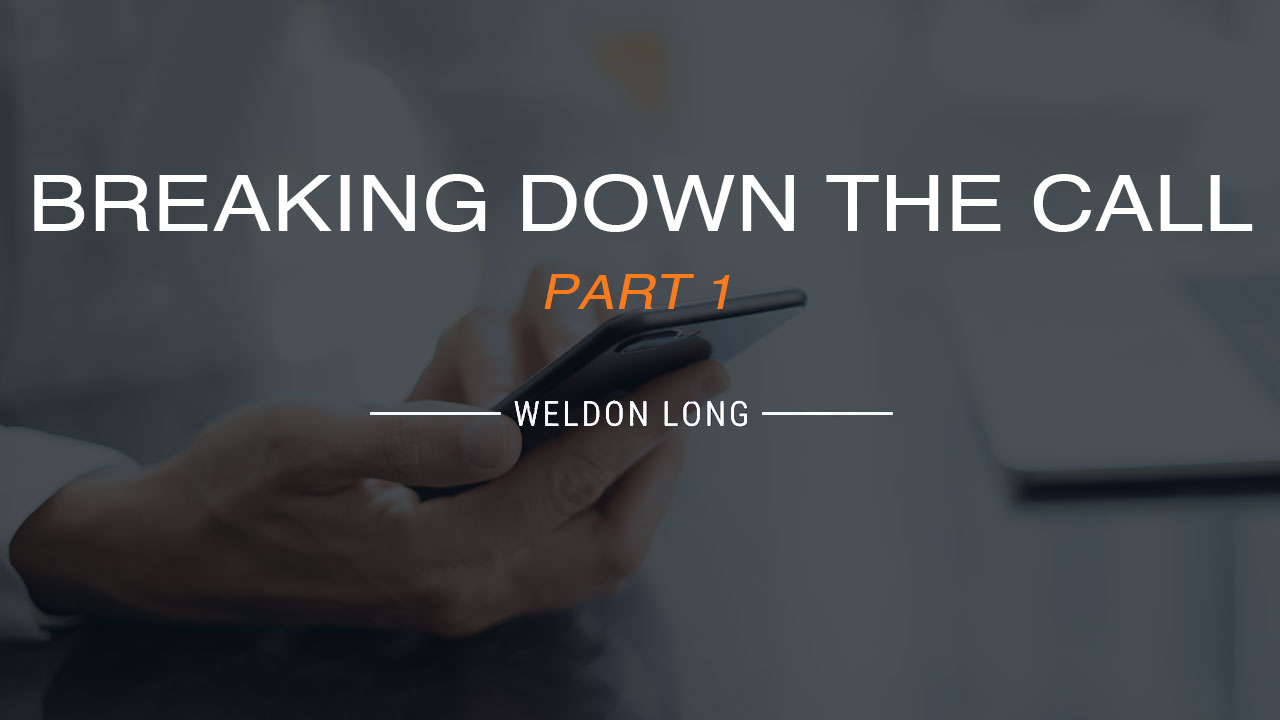Breaking Down the Call, Part 1
June 20, 2024
In almost all industries, including ours, both staying afloat and thriving revolve around gaining new business from leads. Whether it’s a service call or a sales call, it needs to go great in order to convert it to a sale. Here we break it down into 3 components.
Step 1 involves the introduction, the time commitment, the relationship building.
Step 2 is the mechanical magic, the analysis, all that stuff that you do in your demo.
Step 3 is sitting down, sharing your recommendations with the homeowners, closing the deal.
Today, we’re going to talk about step one, the introduction.
Now, if you’ve been in the industry a while, you’ve done this introduction thing a thousand times. You already know what you’re going to say before you enter the driveway. You may even be on auto-pilot by now.
The Time Element
One of the things I want you to think about is the importance of having enough time to do your job, and making sure that you have permission to look for other problems. Because again, you can’t recommend solutions to problems you don’t find. And you can’t find problems if you can’t inspect. So there needs to be an expectation that you’ll be looking around at their system.
When you make your introduction, always keep the relationship in mind. The relationship is supreme in any kind of situation, in every service call, IAQ, electrical call, sales call, etc. It’s way more important than the technical stuff because they’re going to take your recommendations or reject them based on the relationship. They will trust you or they won’t. And it’s a process.
The first thing to do, and this is important, is to qualify your time. You got to make sure you have time to do your job. If your time is cut short, you won’t have time to build that relationship and trust.
“Mr. and Mrs. Homeowner, this process could take 60 to 90 minutes depending on the diagnostic and depending on the number of questions you have. Is that going to be okay today?”
It’s crucial to get a yes here because we will need time at the end to make those recommendations.
The Dropoff
However, you may encounter times when the homeowner either loses patience or tries to rush you. It may sound like, “I’ve got to go pick up my kid from school. Just email me the bid.”
If you’re emailing or dropping off a bid, you might as well crunch that piece of paper up or set it on fire or just throw it away. Because when you email a bid, you are simply sending them a number. You can’t convey any true and sincere emotion through email.
You can’t convey genuine value. You’re just a number. and if it’s a high number, you’re just thought of as overpriced, without a chance to defend your pricing and the value it represents. So we don’t ever want to be in this situation where we have to email information to the homeowner.
The single most important thing that made me a ton of money as a comfort advisor in this business is this – I would never give the homeowner the price unless I had an opportunity to close. In other words, I would never email, I would never text it.
My number one priority is very simple. I want my homeowner to make the final decision based on me, my company, and my recommendations, face to face.
Why? Because it makes it hard for them to say no. It’s not a secret. People find it difficult to look you in the face and turn you down, especially if you’ve made a great case for doing business with you. They tend to say yes if you’ve built the relationship and you’ve demonstrated the value in your price.
When you drop off a quote, you’re letting them off the hook. They love to say no by ignoring your emails and your phone calls and your text messages. That’s a losing proposition.
A winning approach is presenting the options, conveying the emotion, verifying the value and asking for the damn order with the homeowner making a final decision looking me in the eyes.
To do that, you have to have enough time.
We’ll expand on this in the upcoming weeks.


